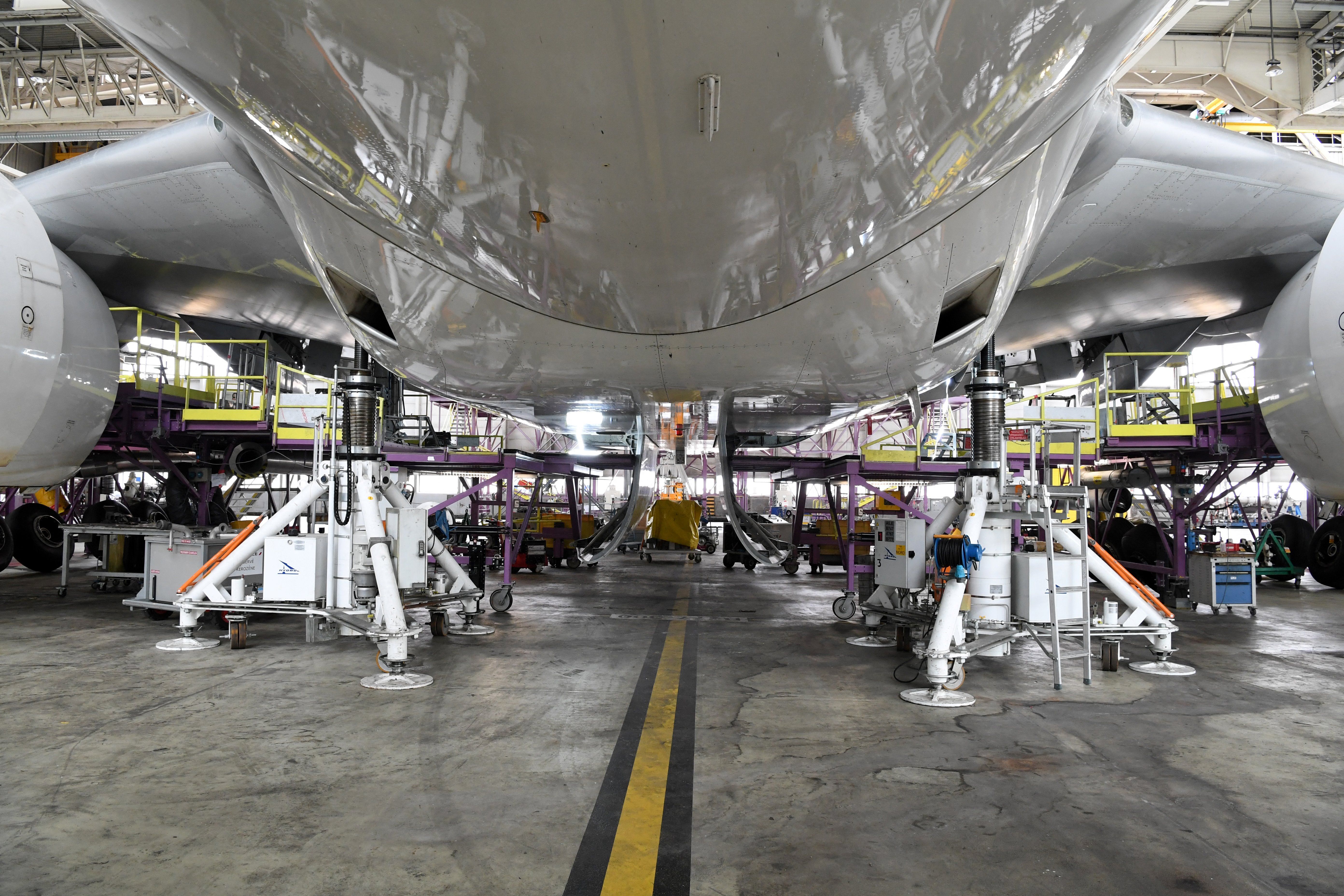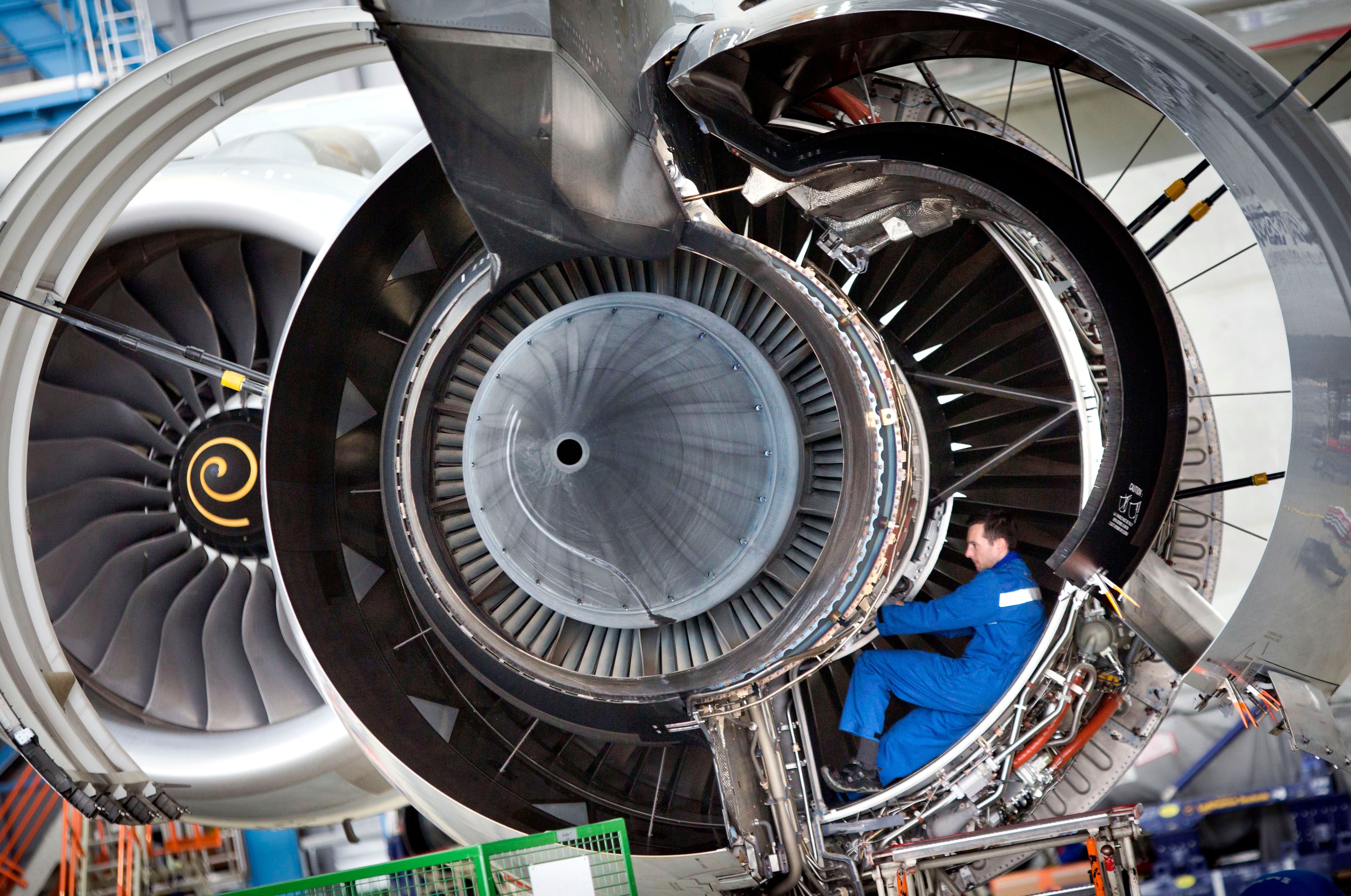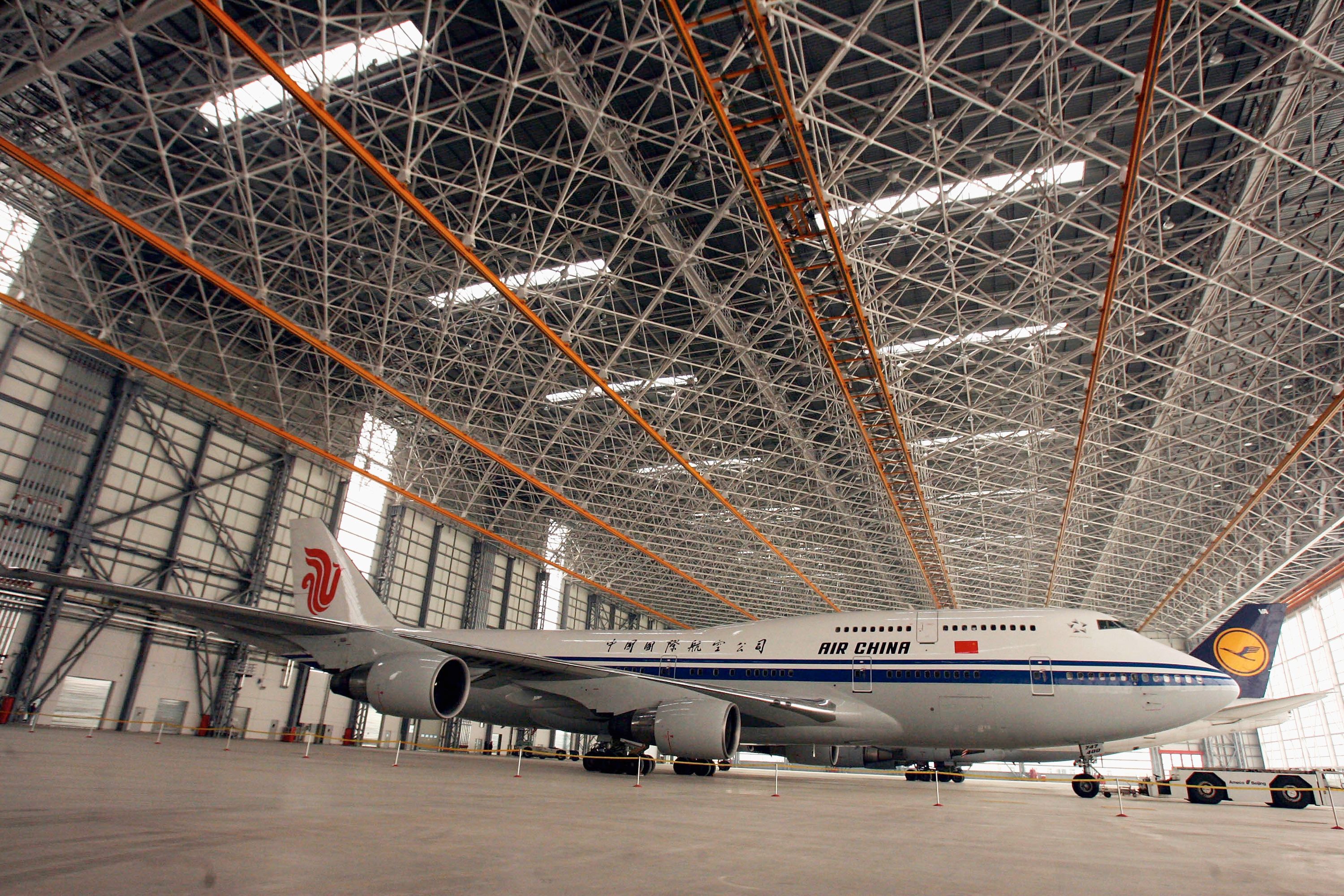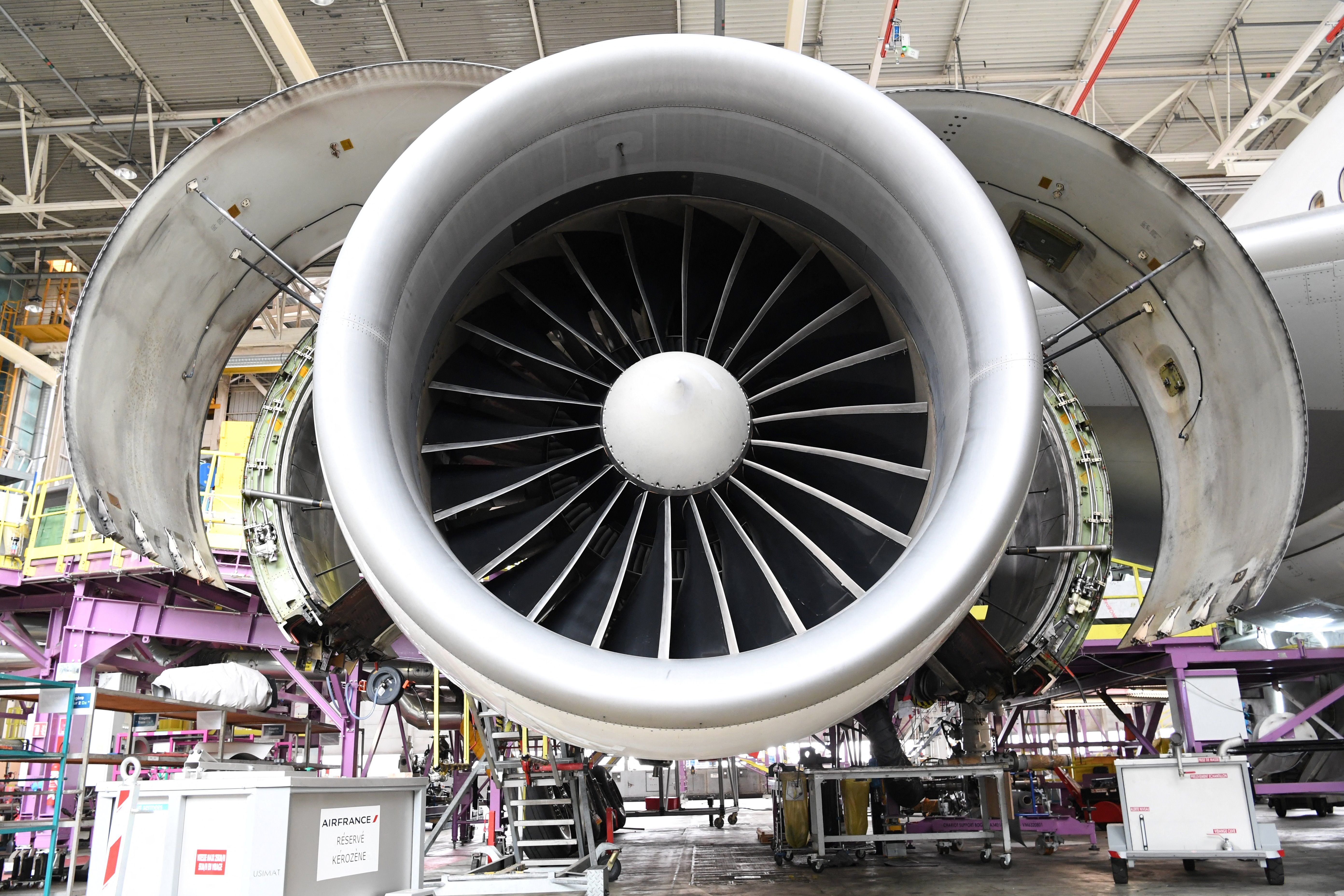Airplanes play a significant role in making flying the safest medium of travel. Operators expect their aircraft to fly safely with minimal or no incidents caused by mechanical failure. With hundreds of moving parts and highly-complex mechanisms, airplanes require routine inspection and maintenance.
The aircraft structure goes through extreme stresses during a routine flight from point A to point B. While the cabin is pressurized and depressurized for the breathability of passengers, the outer body is exposed to extreme temperatures.
Similarly, landing gears absorb large forces upon touchdown while brakes and tires take a significant beating. The same goes for hundreds of other parts and systems.
Preventive maintenance philosophy
In the early days of commercial aviation, the aircraft maintenance philosophy was based on timed inspections and maintenance. With a preventive maintenance strategy, almost all critical and non-critical systems came with a time limit for maintenance.
For example, an Auxiliary Power Unit (APU) would go through dismantling and maintenance at regular intervals. During a maintenance check, functional parts would be replaced with new parts, and the limit is zeroed until the next interval is reached.
In 1960, the Federal Aviation Administration (FAA) and several airlines from around the world established a task force to measure the effectiveness of the preventive maintenance philosophy. A survey of worldwide data showed that preventative maintenance was ineffective due to the cost of maintenance and lost time on the wing.
Functional parts routinely went through dismantling and replacement, only to have a negligible effect on the overall reliability of the aircraft. The analysis also revealed that interfering with the perfectly-well running system created new faults.
On-Condition maintenance philosophy
Reflecting on the results from the survey, the FAA established a Maintenance Steering Group (MSG) in 1968, which comprised the FAA, operators, manufacturers, and material suppliers. The MSG focused on establishing and implementing an on-condition aircraft maintenance philosophy.
The first maintenance program was developed around the Boeing 747 aircraft, a newly launched jetliner at the time. Instead of following the hard-timed maintenance strategy, systems that operated within limits were left untouched.
Alongside, routine inspections are implemented to identify critical parts maintenance needs. For example, instead of changing aircraft tires every so often, pre-flight checks were put in place to determine the wear. This method ensures that as long as the tires’ condition is within acceptable limits, no maintenance is required.
When the condition falls below the limit, on-condition maintenance is performed. On-condition maintenance was primarily established for systems and components that trigger safe operations of the aircraft. Non-critical items, such as cabin-related equipment, were not necessarily covered under the on-condition maintenance program.
Get the latest aviation news straight to your inbox: Sign up for our newsletters today.
Engine maintenance
Traditionally, aircraft engines are maintained based on a fixed maintenance cycle which dictates hard limits for various component groups. However, condition monitoring of engines allows continuous monitoring of engines during operation. A number of performance parameters, including pressure, temperature, and speed, are recorded.
The data is routinely monitored for trends and abnormalities in the engine. OEMs and MROs provide recommendations to rectify performance issues. Trend monitoring allows operators to identify specific deficiencies and request targeted on-condition maintenance of the engine.
What are your thoughts on the on-condition maintenance of aircraft? Tell us in the comments section.




